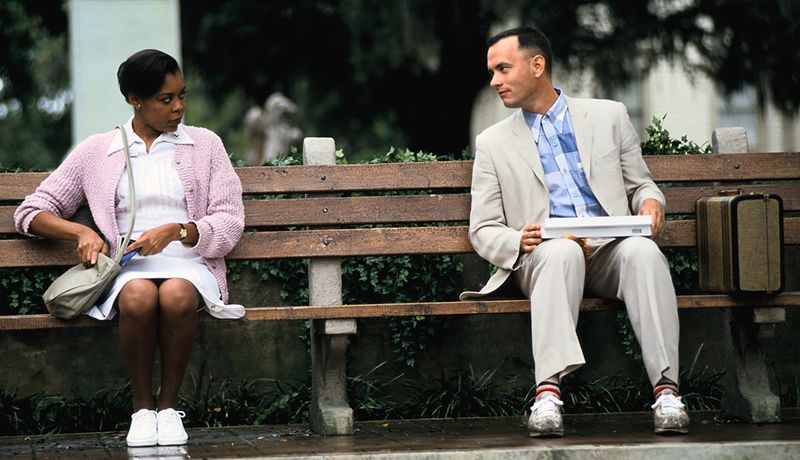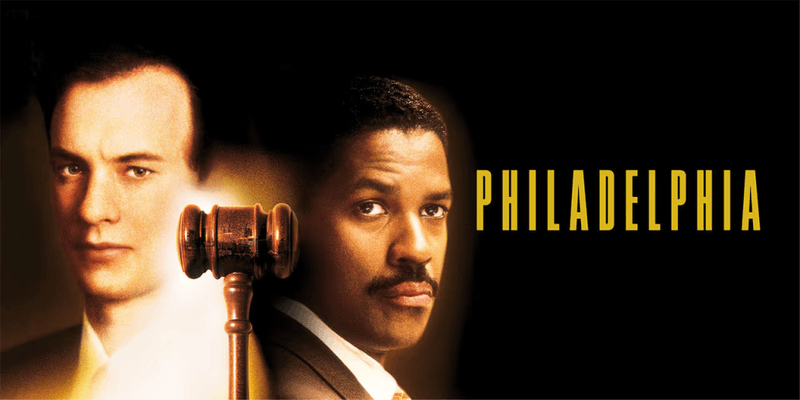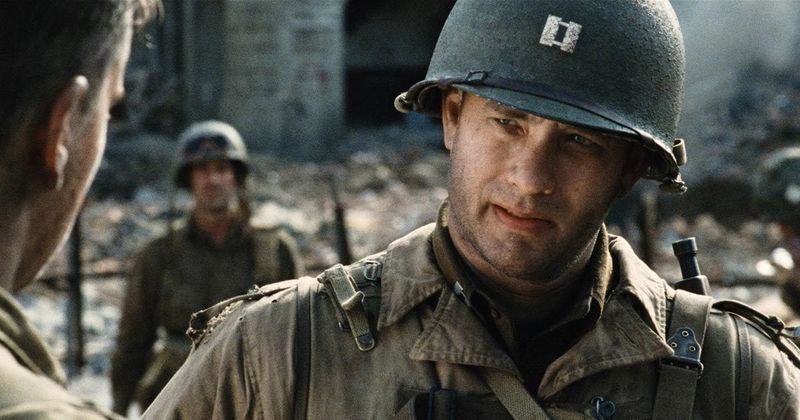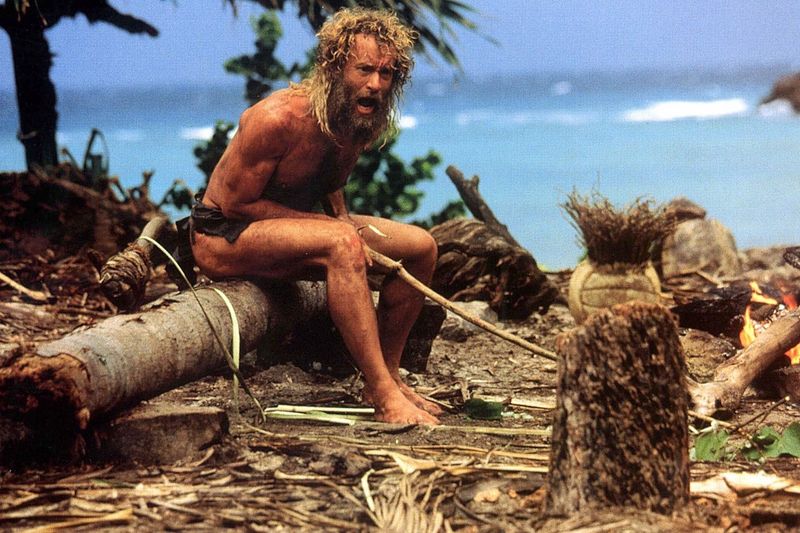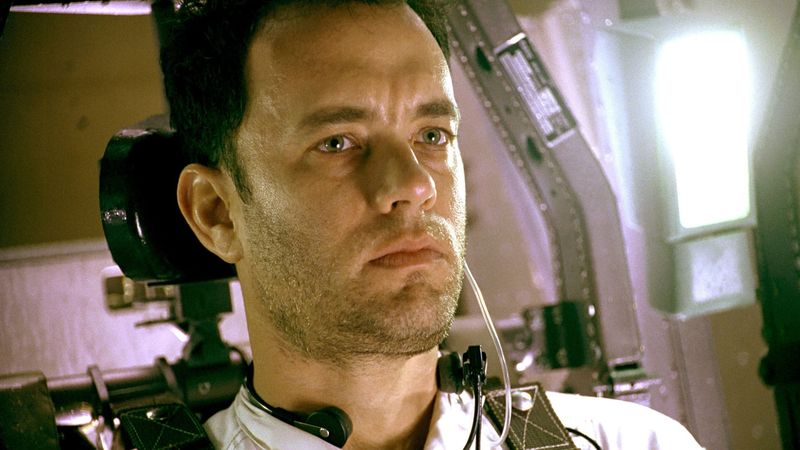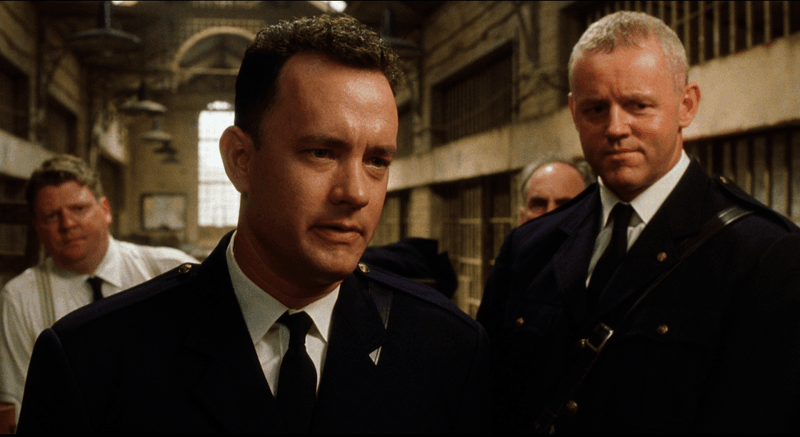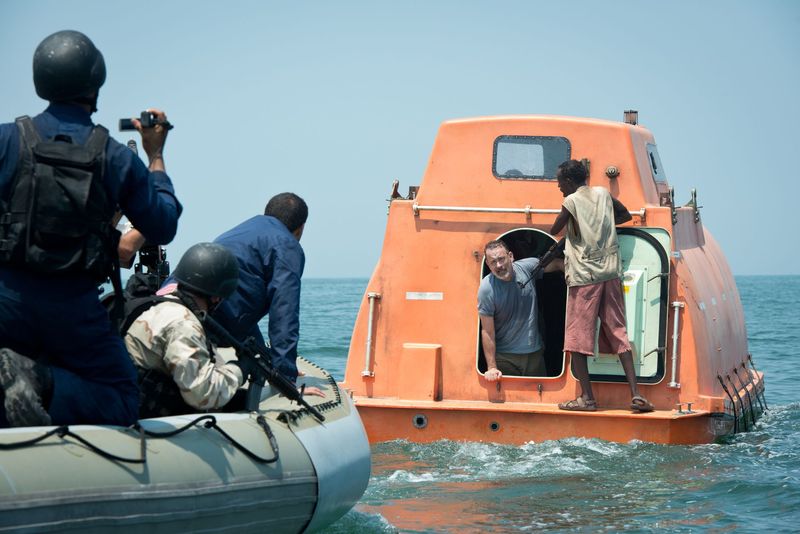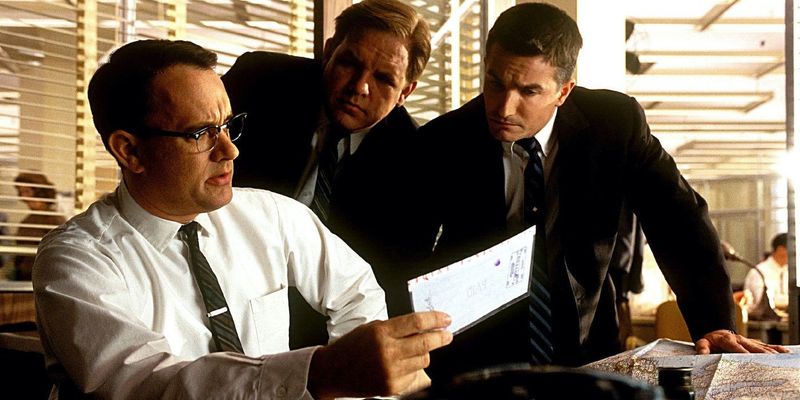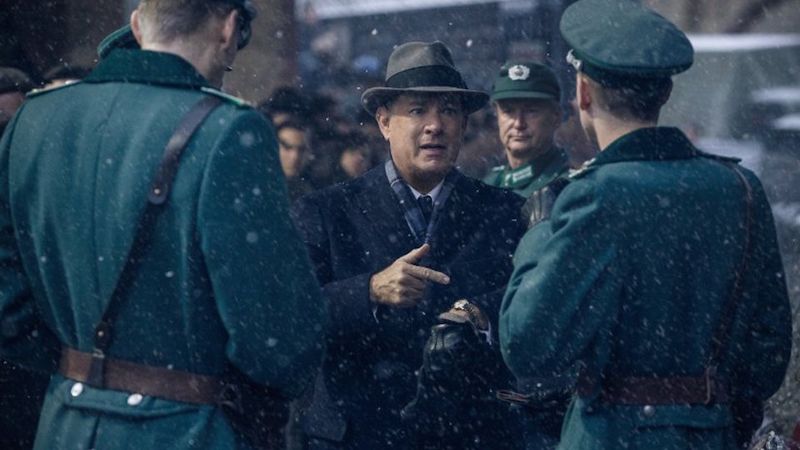Tom Hanks has charmed audiences worldwide with his incredible range and authentic performances. From heartwarming comedies to intense dramas, he’s proven himself as one of Hollywood’s most reliable talents. These ten films showcase why Hanks isn’t just a movie star, but a cultural icon whose work continues to resonate with viewers of all generations.
1. Forrest Gump: Running Through History
Life really is like a box of chocolates in this beloved 1994 classic. Hanks disappears into the role of a kind-hearted man with below-average intelligence who somehow finds himself at the center of major historical events. His performance earned him his second consecutive Oscar for Best Actor.
The film’s blend of humor and heartbreak makes it impossible to forget. From feather-floating beginnings to tear-jerking endings, Hanks makes you believe in Forrest’s journey through Vietnam, ping-pong championships, and shrimp boat captaining.
Director Robert Zemeckis created a perfect showcase for Hanks’ emotional range that continues to inspire viewers with its simple message: love transcends all obstacles.
2. Philadelphia: Breaking Barriers
Raw emotion pours from every frame of this groundbreaking 1993 drama. Hanks portrays Andrew Beckett, a lawyer fired after his firm discovers he has AIDS. His physical transformation throughout the film is staggering – losing weight and adopting the mannerisms of someone battling a devastating illness.
The courtroom scenes crackle with tension as Beckett fights not just for his job, but for dignity in his final days. Hanks won his first Oscar for this role, bringing mainstream attention to the AIDS crisis when many wouldn’t discuss it.
His chemistry with Denzel Washington creates unforgettable moments of human connection that transcend prejudice and fear.
3. Saving Private Ryan: Courage Under Fire
The haunting D-Day sequence alone cements this 1998 war epic in film history. Hanks portrays Captain Miller, a schoolteacher-turned-soldier leading a dangerous mission to find one man amid the chaos of World War II. His hands shake when no one’s looking, revealing the human cost of leadership during wartime.
Director Steven Spielberg captures the brutal reality of combat while Hanks anchors the emotional core. The quiet moments between battles show Miller’s struggle to maintain humanity amid horror.
The final words to Private Ryan – “Earn this” – delivered by Hanks with exhausted intensity, challenge not just the character but audiences to honor the sacrifices of the Greatest Generation.
4. Cast Away: Survival Against All Odds
Marooned on an uninhabited island, FedEx executive Chuck Noland must survive with minimal resources and zero human contact. Hanks underwent dramatic physical transformation, first gaining weight to play the corporate executive, then losing 50 pounds to portray the stranded survivor.
Wilson the volleyball becomes cinema’s most unlikely emotional centerpiece. Through Hanks’ performance, we believe completely in this friendship with an inanimate object, culminating in a loss that feels genuinely heartbreaking.
The film’s long, dialogue-free stretches showcase Hanks’ extraordinary ability to convey complex emotions through physicality alone. His jubilant fire-making dance and anguished tooth-extraction scene reveal survival’s highs and lows without a single word.
5. Apollo 13: Houston, We Have a Problem
Based on the nail-biting true story of the failed 1970 lunar mission, Hanks embodies astronaut Jim Lovell with quiet determination. When disaster strikes 200,000 miles from Earth, his calm leadership becomes the crew’s lifeline.
Director Ron Howard creates unbearable tension as the astronauts and Mission Control race against time and dwindling oxygen. The weightless scenes, filmed in NASA’s “Vomit Comet” aircraft, give the film remarkable authenticity that still impresses today.
Hanks’ portrayal balances Lovell’s professionalism with human vulnerability – his dream of walking on the moon slipping away as survival becomes the only mission. The moment when the spacecraft disappears behind the moon, cutting all communication with Earth, remains one of cinema’s most suspenseful sequences.
6. The Green Mile: Supernatural Compassion
Magic and mortality intertwine in this Stephen King adaptation set on death row in 1935. Hanks plays prison guard Paul Edgecomb, who discovers that inmate John Coffey possesses miraculous healing powers. His performance is a masterclass in restraint – conveying wonder, moral conflict, and compassion through subtle shifts in expression.
The film tackles difficult themes of justice, racism, and the death penalty with surprising tenderness. Hanks creates a moral center that guides viewers through increasingly supernatural events while keeping the story grounded in human emotion.
His scenes with Michael Clarke Duncan’s gentle giant Coffey create unforgettable moments of connection across prison bars. The execution sequence remains one of cinema’s most devastating scenes, with Hanks portraying ethical torment with heartbreaking precision.
7. Toy Story: Bringing Woody to Life
Sheriff Woody’s journey from beloved toy to jealous rival and back to hero launched not just Pixar’s first feature film but an animation revolution. Hanks’ vocal performance somehow manages to make a plastic cowboy doll feel completely human, capturing pride, insecurity, loyalty, and growth.
The franchise spans decades, allowing audiences to grow alongside these characters. Hanks’ voice acting evolves subtly throughout the series, adding layers of maturity as Woody faces increasingly complex emotional challenges.
By the heart-wrenching finale in Toy Story 4, Hanks had created one of cinema’s most fully-realized characters without ever physically appearing on screen. His farewell to Buzz Lightyear carries the emotional weight of a friendship that defined childhood for multiple generations.
8. Captain Phillips: True Terror at Sea
“Look at me. I’m the captain now.” Those words launch a harrowing true story of modern piracy that showcases Hanks at his most vulnerable. As Captain Richard Phillips, taken hostage by Somali pirates in 2009, Hanks portrays the escalating terror of an ordinary man in extraordinary danger.
Director Paul Greengrass’s documentary-style approach intensifies every moment aboard the claustrophobic lifeboat. The film avoids Hollywood heroics, instead showing Phillips’s resourcefulness alongside his very human fear.
The final medical examination scene, largely improvised by Hanks, captures post-traumatic shock with such raw authenticity that medical professionals praised its accuracy. His hands shake uncontrollably as the brave facade finally crumbles, creating one of cinema’s most realistic portrayals of trauma.
9. Catch Me If You Can: The Chase Is On
FBI Agent Carl Hanratty pursues teenage con artist Frank Abagnale Jr. across years and continents in this stylish cat-and-mouse thriller. Hanks plays brilliantly against type as the methodical, somewhat awkward G-man determined to catch Leonardo DiCaprio’s charismatic fraudster.
Their Christmas Eve phone calls develop into a strange father-son dynamic that gives the film unexpected emotional depth. Spielberg’s direction and the 1960s setting create a glossy, jazzy atmosphere perfectly complemented by Hanks’ buttoned-up performance.
The film’s final act reveals Hanratty’s grudging respect for his target’s intelligence, culminating in an unlikely partnership. Hanks delivers the film’s most touching moment when he visits the imprisoned Abagnale on Christmas, revealing the lonely man behind the badge.
10. Bridge of Spies: Cold War Negotiator
Standing on a snowy bridge between East and West Berlin, insurance lawyer James Donovan negotiates a tense prisoner exchange at the height of the Cold War. Hanks embodies this ordinary man thrust into extraordinary circumstances with characteristic everyman dignity.
Based on true events, Spielberg’s taut thriller follows Donovan as he defends a Soviet spy, then negotiates his exchange for a captured American pilot. Hanks portrays Donovan’s moral compass with quiet conviction – arguing that upholding American values means giving even enemies due process.
The film’s muted color palette and tension-filled atmosphere highlight Hanks’ subtle performance as a man navigating treacherous diplomatic waters. His repeated question – “Shouldn’t we show who we are?” – becomes the moral center of a story about maintaining humanity during humanity’s darkest hours.

